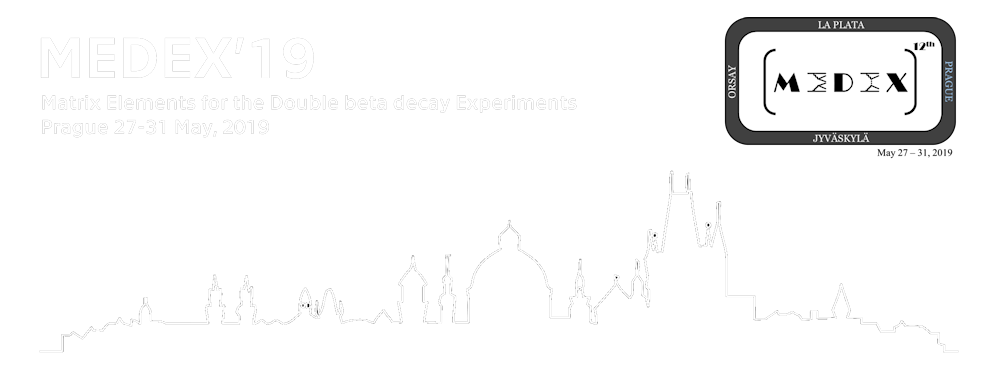Speaker
Dr
Nobuo Hinohara
(Center for Computational Sciences, University of Tsukuba)
Description
The quasiparticle random-phase approximation (QRPA) is used to evaluate the double-beta decay nuclear matrix element. In the QRPA, the isoscalar neutron-proton pairing is known to suppress the nuclear matrix element, and thus its strength has to be determined using available experimental data. The conventional solution of the QRPA equation is based on the diagonalization of the QRPA matrix in two-quasiparticle space. The method based on the mean field model can handle a very large single-particle model space, while the truncation of the model space may be necessary to perform the digonalization.
In this presentation I will introduce the finite-amplitude method that is an efficient solution of the QRPA based on the linear response formalism for nuclear density functional theory, and discuss how the two-neutrino double-beta decay nuclear matrix element is derived. Numerical calculations for the double Gamow-Teller transition strength and two-neutrino NME for light pf shell nuclei are shown using Skyrme energy density functional.

